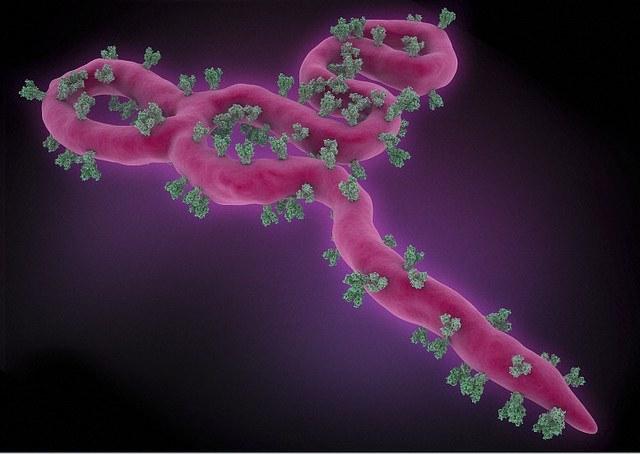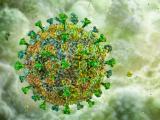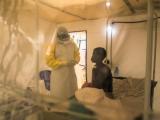Two new studies shed more light on Ebola survivor-related medical issues, one on virus survival in semen outside of the body and the other a case report on eye problems that cropped up in a US physician not long after he recovered from an infection he contracted while working in Liberia.
Both studies were published in Emerging Infectious Diseases. The experiments on semen were conducted by a research team from National Institutes of Health Rocky Mountain Laboratory in Hamilton, Mont., which published their findings yesterday. The case report involving the eye infection was published today by researchers from Massachusetts and the US Centers for Disease Control and Prevention (CDC).
Both of the studies underscore issues health officials are grappling with now in the late stages of West Africa's Ebola outbreak, as they search for more answers about lingering persistence of the virus in survivors, posing real but relatively rare transmission threats, and how to best manage long-term medical complications in the thousands who have recovered from the disease.
Results highlight proper condom disposal
In the semen study, researchers looked at the stability of semen outside of the body in simulated tropical conditions, while also gauging the efficiency of using molecular testing to test semen samples.
In their tests of Ebola-spiked human semen in bulk and dry states in tropical conditions over 8 days, they recovered viable virus in bulk semen at 6 to 8 days and in dried semen at 1 to 4 days, depending on the virus level in the sample.
In semen stored in condoms, the Ebola virus survived to day 6, which the authors said shows the importance of proper disposal of used condoms from male Ebola survivors and supports World Health Organization recommendations.
They said the results of naturally infected semen might vary from that of experimentally spiked semen.
Eye problems puzzling
In the case report, researchers described an American doctor who was evacuated to the United States for care of his Ebola infection in August 2014 and sought care for suspected pneumonia and presumed conjunctivitis about a week and a half after his Ebola hospital discharge. His blood test was negative for Ebola.
In May, clinicians reported in the New England Journal of Medicine finding live virus in intraocular samples of an American doctor who developed uveitis after recovering from an Ebola infected he contracted in Sierra Leone.
The patient returned to an eye specialty clinic 3 days later reporting painful vision loss, redness, and photophobia of his left eye. Due to concerns about prolonged Ebola shedding, the patient stayed in home isolation until conjunctival swab testing for Ebola could be done, and all samples were negative for Ebola RNA.
The doctor's eye problem showed clinical improvement over several weeks with topical prednisolone and homatropine. Despite improved anterior chamber findings, however, his visual acuity worsened. His posterior segment inflammation improved at 4-day follow-up after treatment with prednisolone.
Because his condition improved, his doctors deferred intraocular testing for Ebola RNA. Testing of his semen during the convalescent period, however, was positive for Ebola RNA.
Tests showed that the physician was positive for human leukocyte antigen (HLA)–B27 haplotype, which has an association with anterior uveitis, but the authors wrote that it's not clear if his HLA status contributed to the uveitis in the context of his Ebola infection, if the condition was triggered by cytopathic effects of the virus or the immune response.
They concluded that early use of corticosteroids appears to be useful, and that intraocular fluid testing for Ebola might not be needed when patients respond to medical treatment for their eye problems.
See also:
Nov 19 Emerg Infect Dis report on virus viability in semen
Nov 20 Emerg Infect Dis uveitis case report


















